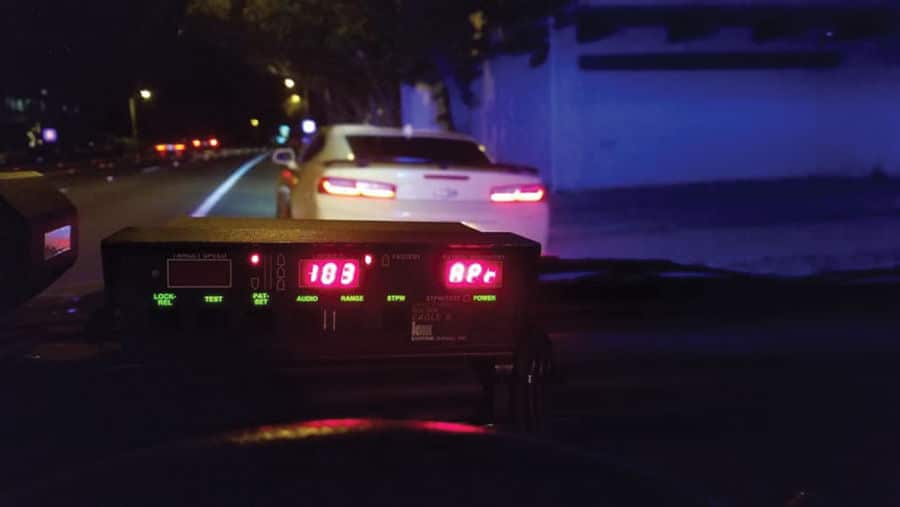Daylight Saving Time, which began Nov. 1, did more than give you an extra hour of sleep on Saturday night—it altered millions of Angelenos’ sleep patterns, potentially increasing the number of drowsy drivers on LA County’s roads this week. That is why the Office of Traffic Safety and the LA County Sheriff’s Department, among other agencies, have dubbed this Drowsy Driving Prevention Week.
According to the Centers for Disease Control and Prevention, being awake for at least 24 hours is the same as having a blood alcohol content of .10 percent, which is above the legal limit of .08 percent, the sheriff’s department cited in a statement.
“Signs of driver fatigue include frequent yawning, daydreaming, trouble remembering the past few miles driven, missing an exit or drifting from lanes,” the statement said.
Getting seven hours of sleep per day, sticking to a regular sleeping schedule and avoiding alcohol or medications that could make one drowsy were effective ways to combat drowsiness while driving, according to information from the department. Also, taking a break every two hours or 100 miles, taking turns driving with a partner or pulling into a highway rest area to sleep if feeling drowsy can help with drowsiness while driving, too. Caltrans maintains over 80 roadside rest areas in the state.

